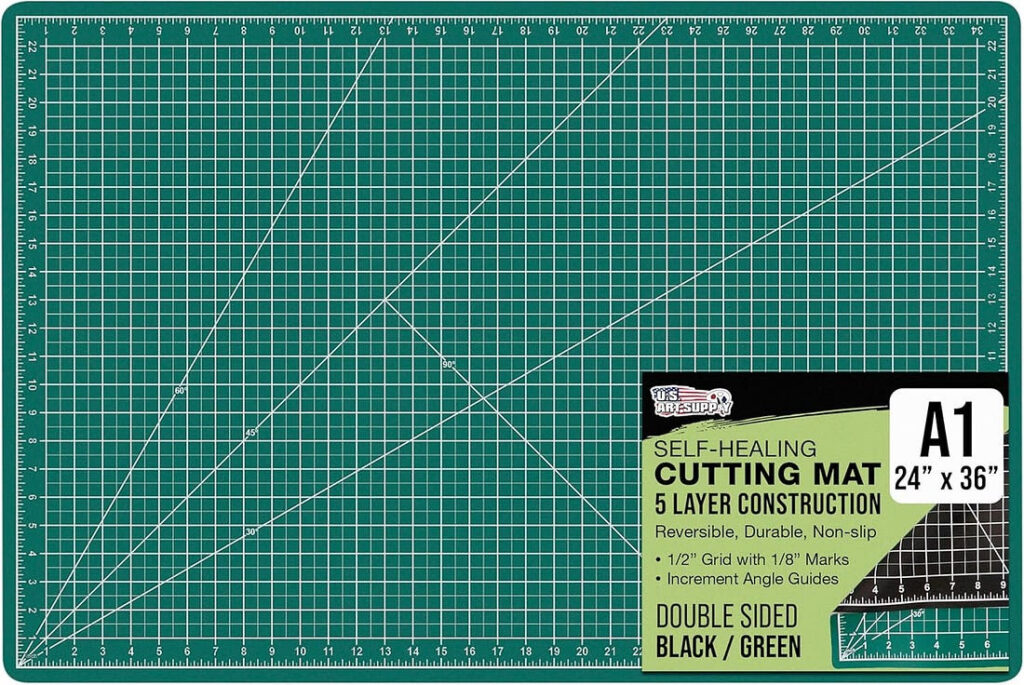Teach Your Child to Read
Book to access books
This book really works! My daughter could read at age three, and has now really discovered the joy of reading at a young age. There are so many skills that kids can learn for themselves once they master reading. This is truly one of the fundamentals that is worth the effort to instill as early as possible.
04/27/10Excerpt
The following are the four most important points about an effective sequence for teaching reading:
1. The beginning exercises are simple and do not resemble later exercises (just as beginning piano exercises do not look much like advanced ones).
2. The program provides teaching for every single skill that the child is expected to use when performing even the simplest reading exercises.
3. The exercises change form slowly, and the changes are relatively small, so that the exercises are always relatively easy for the child.
4. At every step, the program provides for very clear and unambiguous communications with the child.
*
To decode the sentence Ruf unter glop splee, you simply say the words. This illustration points out that you may be able to decode without understanding what the sentence means. Traditional reading programs typically confuse the beginning reader about whether the teacher is trying to teach decoding or understanding. These programs typically begin with the teacher discussing the details of a picture. If the pitcure shows a girl named Jan, the teacher talks about Jan—what she is wearing, the color or her hair....It might seem that this communication is effective because it promotes interest and gives the children the motivation for both reading and understanding the written message. However, this communication may prompt the child to formulate a serious misconception about how to read. If the teacher always talks about the picture before reading the word, and if the word is always predictable by referring to the picture, the child may reasonably assume that:
- You read words by referring to a picture.
- You must understand the word that is to be decoded before you can read it.
*
English, clearly, is not a regularly spelled language. It is an amalgam of contributions from Latin, Greek, and French. But there are ways to simplify it for the beginning reader.
Distar solves the problem by introducing an altered orthography. This orthography does two things. It presents variations of some symbols so that we can create a larger number of words that are spelled regularly (each symbol only having a single sound function). At the same time, the orthography permits us to spell words the way they are spelled in traditional orthography. Here is the Distar alphabet:

Teach Your Child to Read in 100 Easy Lessons Sierfried Engelmann, Phyllis Haddox, Elaine Bruner 1986, 395 pages $15













